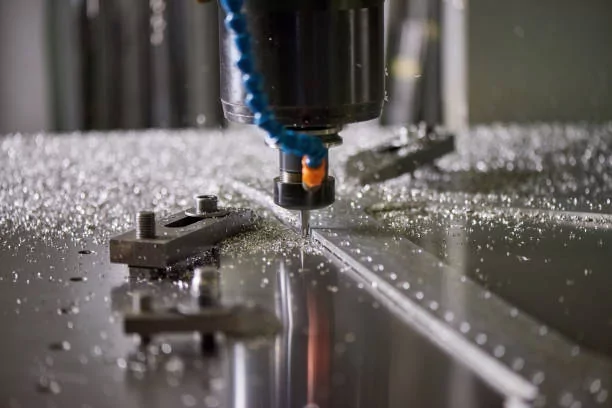From this article you can learn 5 axis milling.
When it comes to advanced manufacturing techniques, 5-axis milling is often shrouded in mystery and misconceptions. In this article, we will delve into the world of 5-axis milling and debunk the myths surrounding this innovative technology.
The Basics of 5-Axis Milling
5-axis milling, also known as 5-axis machining, is a cutting process that involves using a computer numerical control (CNC) machine to move a cutting tool along five different axes simultaneously. This allows for the production of complex and intricate parts with precision and efficiency. Despite its widespread use in various industries, there are several myths and misconceptions that surround 5-axis milling.
Myth #1: 5-Axis Milling is Only for Complex Parts
One common misconception about 5-axis milling is that it is only suitable for complex parts with intricate geometries. While it is true that 5-axis milling excels at producing complex components, it is also capable of machining simpler parts with speed and accuracy. The versatility of 5-axis milling makes it a valuable asset for manufacturers across different sectors, from aerospace and automotive to medical and defense.
Debunking the Myth of High Cost
Another prevalent myth surrounding 5-axis milling is the notion that it is prohibitively expensive for small to medium-sized businesses. While it is true that 5-axis machines can come with a higher initial investment compared to traditional 3-axis machines, the long-term benefits far outweigh the costs. The increased efficiency, reduced setup times, and ability to machine complex parts in a single setup make 5-axis milling a cost-effective solution for many manufacturers.
The Importance of Simultaneous Machining
One of the key advantages of 5-axis milling is the ability to perform simultaneous machining, which allows for the completion of complex parts in a single setup. This not only reduces production time but also minimizes the margin for error associated with multiple setups. By utilizing all five axes of motion, manufacturers can achieve intricate geometries and contours that would be impossible to produce with traditional machining methods.
Dispelling the Myth of Complexity
Some may believe that 5-axis milling is too complex to implement and requires extensive training and expertise. While it is true that operating a 5-axis machine requires a certain level of skill, advancements in CNC technology have made the process more accessible than ever. Additionally, many machine manufacturers offer training and support to help operators master the intricacies of 5-axis machining, making it a viable option for manufacturers of all sizes.
In conclusion, 5-axis milling is a versatile and efficient machining technique that has the potential to revolutionize the way parts are manufactured. By debunking the myths surrounding 5-axis milling, manufacturers can embrace this technology and unlock new possibilities for their businesses.
